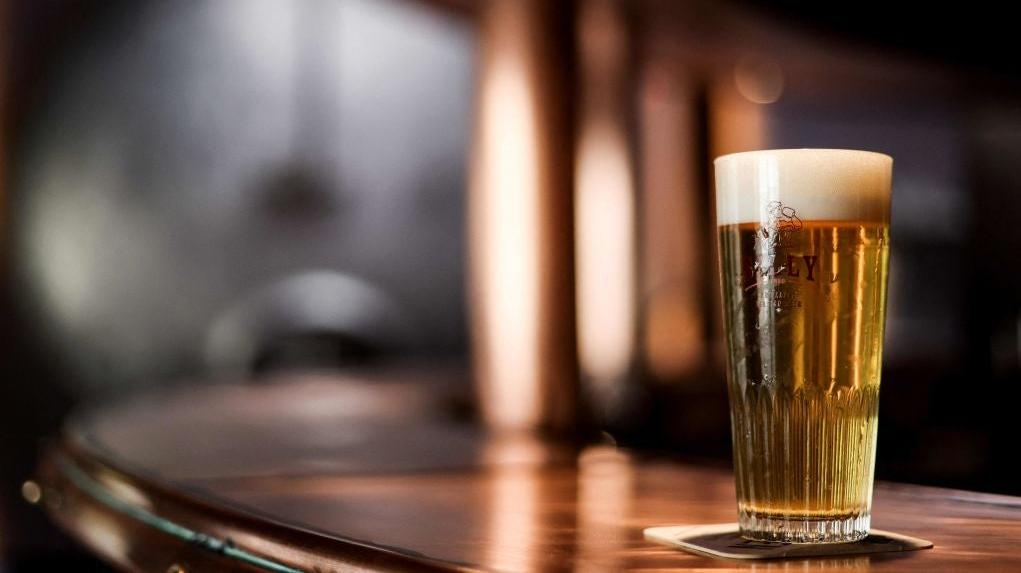The Craft Beer Industry Is Riding One Hell Of A Roller Coaster
Drinking habits have changed through the pandemic, and there’s no guarantee that old bestsellers will stay popular.
The Atlantic's Amanda Mull wrote a detailed piece this week all about the state of the American craft brewery, and how the industry is now trying to figure out how to sell its products in a marketplace that's riding a lot of unpredictable waves. Give it a read—it'll make your head spin.
At the beginning of the pandemic, people had to pivot from drinking at their favorite bars, restaurants, and stadiums, to picking out their own alcohol on grocery store or liquor store shelves. In 2019, slightly over half of people's beer spending was done at those outlets. Naturally, retail sales spiked last year due to the redirection of demand, since bars and such were closed in many places. But then manufacturers needed to divert their packaging from kegs, which were still full and slowly going bad in shuttered restaurants, to bottles and cans that could be sold at stores instead of on tap.
Things got hairy. Lester Jones, chief economist for the National Beer Wholesalers Association, said beer production "is not a speedboat; it's like an aircraft carrier or cruise ship. You start turning that rudder and three miles down the waterway, the boat starts to turn." The planning process for packaging beer starts months to a year in advance, so you can see how the bottleneck (literally) formed here with the sudden upswing in demand for cans and bottles; there's currently an aluminum can shortage and it's likely to continue for a while.
If you were looking closely at store shelves over the last 16 months, you may have noticed that some of your favorite beers were never predictably in stock, due to some combination of the reasons above. So customers leaned on readily available macrobrews from purveyors like Anheuser-Busch and Molson Coors, both of which posted high sales numbers in 2020. And this influenced consumer tastes: as we grew accustomed to drinking those conventional beers, our taste for more experimental brews seems to have leveled off or even declined somewhat.
Now that many bars and restaurants are reopening, it's hard to tell whether the beverage industry will return to a more predictable flow. Some bars with big tap lineups have narrowed down their lineups, as they're afraid that the lesser-known craft brews won't sell out before they go bad. And hard seltzer, as you've no doubt noticed, is taking a big chunk of the marketplace now. All that money has to go someplace, and craft breweries are taking the hit.
The Atlantic story goes much farther in illustrating the nuances and complexity of this industry shift, and even touches on pandemic staffing issues and how regional buying habits also affect craft brew sales. Give it a read today if you're curious about the challenges faced by your favorite craft breweries right now.
